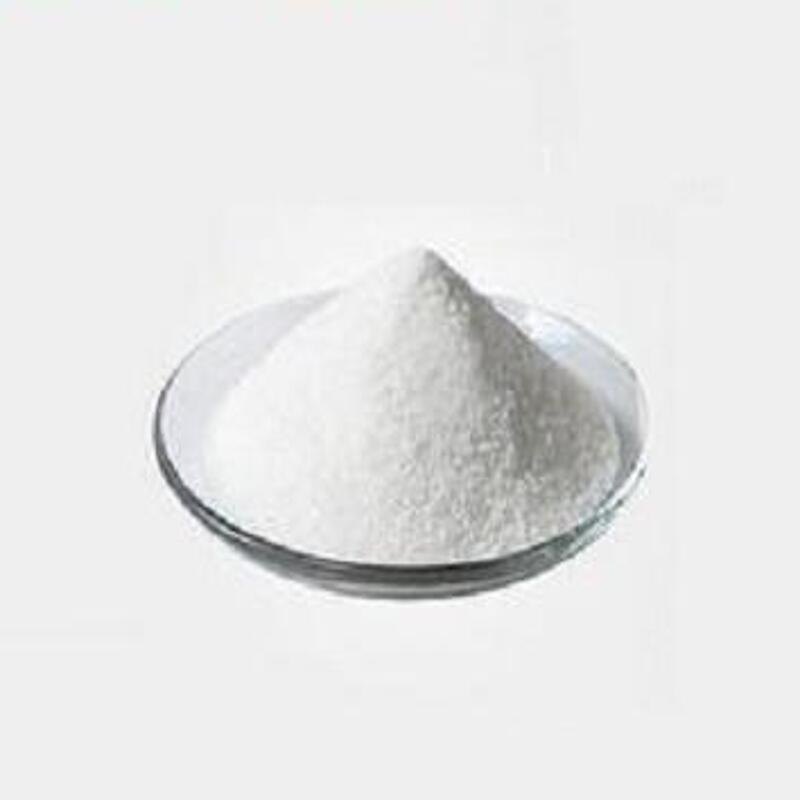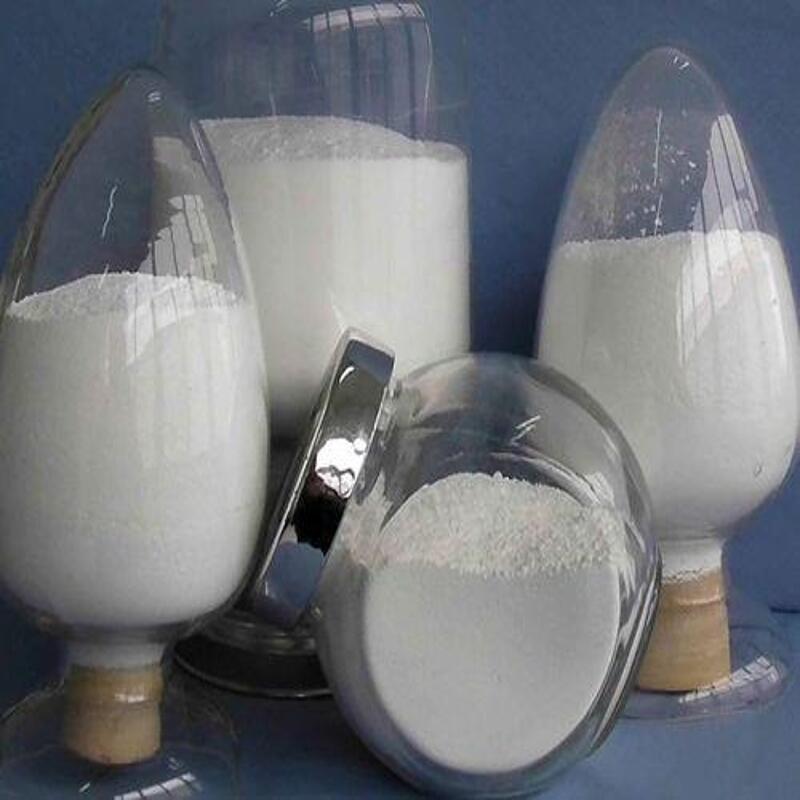-
Categories
-
Pharmaceutical Intermediates
-
Active Pharmaceutical Ingredients
-
Food Additives
- Industrial Coatings
- Agrochemicals
- Dyes and Pigments
- Surfactant
- Flavors and Fragrances
- Chemical Reagents
- Catalyst and Auxiliary
- Natural Products
- Inorganic Chemistry
-
Organic Chemistry
-
Biochemical Engineering
- Analytical Chemistry
-
Cosmetic Ingredient
- Water Treatment Chemical
-
Pharmaceutical Intermediates
Promotion
ECHEMI Mall
Wholesale
Weekly Price
Exhibition
News
-
Trade Service
The production process of 4,5-Bis(2-methoxyethoxy)-2-nitrobenzonitrile, also known as Methoxyester 23, involves several steps starting from the preparation of the starting materials and ending with the purification of the final product.
In this article, we will go through the production process of Methoxyester 23 in detail, including the various techniques used and the safety precautions that must be taken.
Step 1: Preparation of 2-nitrobenzaldehyde
The production of Methoxyester 23 begins with the preparation of 2-nitrobenzaldehyde, which is a precursor to the desired compound.
To prepare 2-nitrobenzaldehyde, 2-nitrobenzene is nitrated using a mixture of nitric acid and sulfuric acid.
The nitration process is carried out at a temperature of 80-90 degrees Celsius with a mixture of nitric acid and sulfuric acid in a ratio of 3:1.
The nitration is complete when the color of the reaction mixture changes from yellow to brown.
Step 2: Preparation of methyl 2-nitrobenzoate
Once 2-nitrobenzaldehyde is prepared, it is converted into methyl 2-nitrobenzoate using a technique known as esterification.
In this step, 2-nitrobenzaldehyde is treated with methanol in the presence of a catalyst, such as sodium hydroxide.
The esterification reaction is carried out at a temperature of 60-70 degrees Celsius with stirring for several hours.
The completion of the reaction is determined by monitoring the disappearance of the starting material by thin-layer chromatography.
Step 3: Preparation of 4,5-Bis(2-methoxyethoxy)-2-nitrobenzonitrile
The final step in the production of Methoxyester 23 involves the preparation of the desired compound using a technique known as nitration.
To prepare 4,5-Bis(2-methoxyethoxy)-2-nitrobenzonitrile, methyl 2-nitrobenzoate is treated with a mixture of nitric acid and sulfuric acid in the presence of a catalyst, such as hydrochloric acid.
The nitration reaction is carried out at a temperature of 80-90 degrees Celsius with stirring for several hours.
The completion of the reaction is determined by monitoring the disappearance of the starting material by thin-layer chromatography.
Safety Precautions
The production of Methoxyester 23 involves the use of hazardous chemicals, such as nitric acid and sulfuric acid.
It is essential to take appropriate safety precautions to minimize the risks associated with the handling of these chemicals.
Some of the safety precautions that should be taken during the production of Methoxyester 23 include:
- Wearing appropriate personal protective equipment, such as gloves, safety glasses, and chemical-resistant clothing.
- Implementing adequate ventilation to remove any toxic fumes that may be generated during the reaction.
- Storing hazardous chemicals in appropriate containers and labeling them with their proper names and hazards.
- Maintaining a fire extinguisher and emergency response plan in case of an emergency.
- Conducting regular safety audits and training employees on the proper handling of hazardous chemicals.
Conclusion
The production of Methoxyester 23 involves several steps, starting from the preparation of the starting materials and ending with the purification of the final product.
The entire process requires careful planning and execution to ensure the safety of the workers and the







